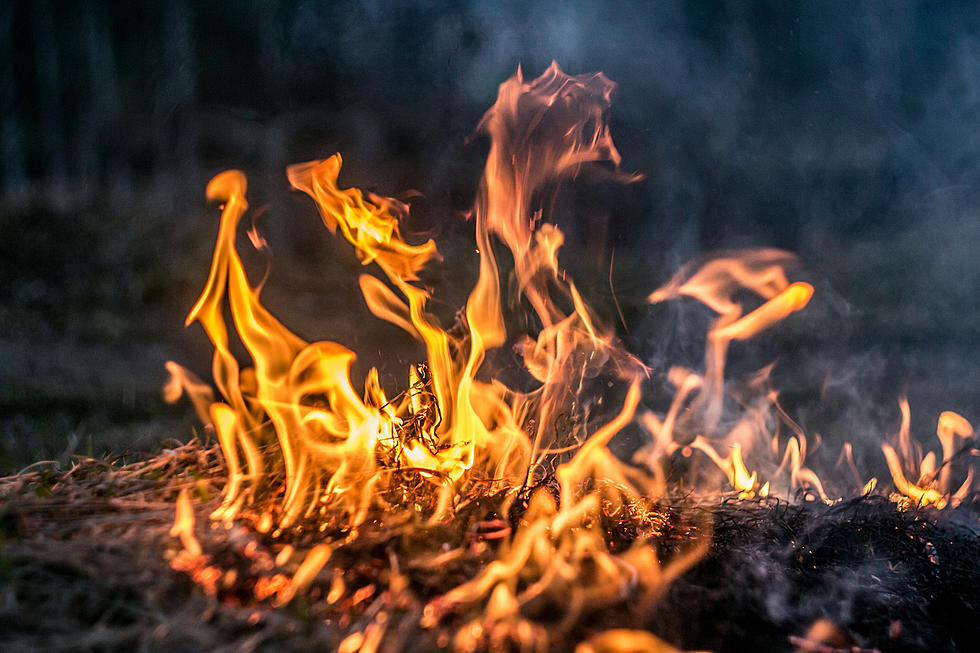
Minnesota DNR Activates Burning Restrictions For Duluth + Surrounding Areas
The Minnesota Department of Natural Resources has issued has activated burning restrictions for Carlton, Cook, Lake, and St. Louis counties. The restrictions went into effect at 12:01 a.m. on Wednesday, July 14, to help ensure public safety and protect natural resources.
The DNR says the burning restrictions will remain in effect until terminated by the DNR Commissioner, which will occur when weather and environmental conditions indicate a reduction in fire danger.
Allissa Reynolds, wildfire prevention supervisor, said while residents and visitors in Carlton, Cook, Lake, and St. Louis counties may still see plenty of green vegetation, the current fire situation remains dangerous.
“Unusually dry conditions have increased the risk of fire. One unintentional spark in these conditions could result in thousands of charred acres and property damage,” Reynolds said, “This is a dangerous time for wildfires in northeast Minnesota.”

So what does this mean for residents in the areas where burning restrictions are in place? According to the DNR:
- Burning permits will not be issued for brush or yard waste
- No fireworks may be ignited on any public or private land outside city limits
- Campfires are allowed only in an established fire ring associated with a home, campground, or resort.
- No campfires are allowed for dispersed, remote, backpacking, or backcountry camping.
The statewide forecast is currently calling for more warm weather with little precipitation expected. Therefore, the fire danger is likely to remain high through the end of June. While the DNR notes they along with wildfire agencies are ready to respond, the responsibility for preventing fires in the first place largely falls to the public, making such burning restrictions necessary.
The Minnesota DNR encourages residents to check current fire danger conditions online. Anyone who spots a wildfire should immediately call 911.

